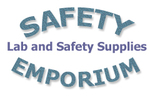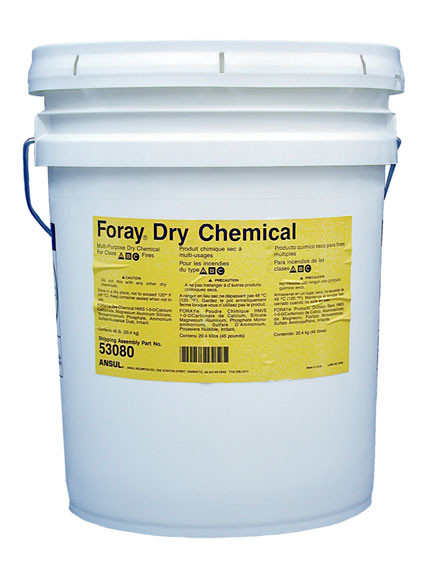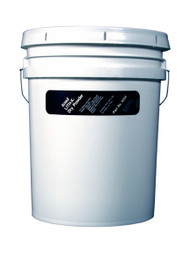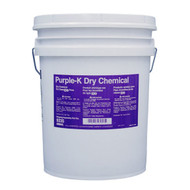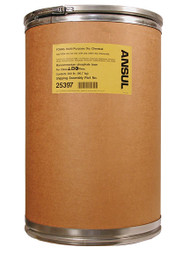- Home
- Fire
- Extinguishing Agents
- Dry Chemical
- Ansul Foray Class ABC Extinguisher Powder, 45 lb pail
Product Description
Ansul Foray is used to combat fires involving ordinary combustible materials such as wood, cloth, paper, rubber and many plastics (Class A) as well as fires involving flammable liquids, gases, and greases (Class B) and fires involving energized electrical equipment (Class C). Foray is a great choice for combination fires (Class A and B together) as well as Class A fires at temperatures that would freeze water; Foray is at least four to five time more effective as an equal weight of water on Class A fires. The 45 lb pail is Ansul part # 53080.
Foray is a monoammonium phosphate-based dry chemical mixture that is free-flowing, water-repellant, non-abrasive and, when used as a fire extinguishing agent, will produce no toxic effects, however it is not recommended for use on aircraft, computers or electronics because of its chemcial nature. It is colored bright yellow to differentiate it from other dry chemical agents. Caution: never mix Foray with bicarbonate-based dry chemicals. A chemical reaction that is harmful to the extinguisher will take place.
The shipping weight of this item is 48 pounds (21.8 kg) and there are normally 24 containers per pallet. Given the heavy weight, a fixed shipping charge of $20 per container will be applied to your order at checkout which is valid only for ground shipment within the lower 48 US states. If you need rush delivery or delivery outside this area, you can contact us before ordering, otherwise, we will contact you with the actual freight costs before processing your order.
Foray is also available in 200 and 400 lb drums. See item #'s 09455-200 and 09455-400 for pricing.
Downloads available: Safety Data Sheet (SDS) for Foray and a product data sheet.
Common accessories: Pail opener (item # 09460), metal scoop (item # 09461), Class D labels (item #s 09396-D and 09398-D).
Notes: This extinguishing agent is incompatible with strong bases, magnesium, strong oxidizers such as calcium hypochlorite (pool chlorine) and isocyanuric acids; consult the SDS for details. Moisture may combine with monoammonium phosphate-based agents in post-fire situations to produce mild corrosion. Therefore, prompt cleanup is recommended; if the agent can not be readily swept up, warm water may be used as a solvent.
 Loading... Please wait...
Loading... Please wait...
